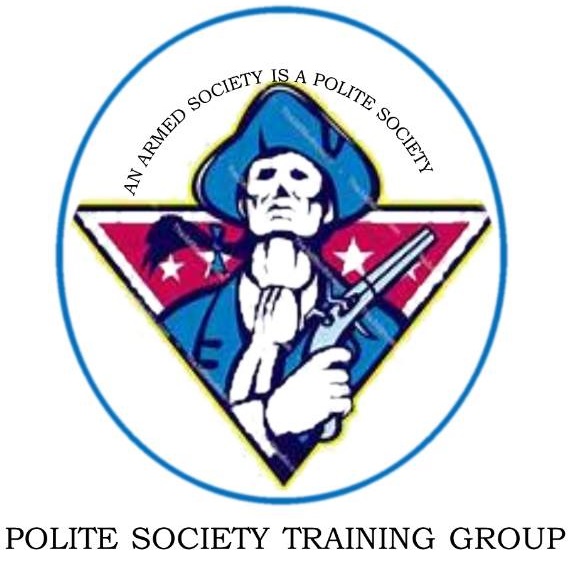
(Prepping In Rural Iowa)
Why do we prep?
"Survival planning is nothing more than realizing something could happen that would put
you in a survival situation and, with that in mind, taking steps to increase your chances of
survival. Thus, survival planning means preparation. Preparation means having survival
items and knowing how to use them People who live in snow regions prepare their vehicles
for poor road conditions. They put snow tires on their vehicles, add extra weight in the back
for traction, and they carry a shovel, salt, and a blanket. Another example of preparation is
finding the emergency exits on an aircraft when you board it for a flight. Preparation could
also mean knowing your intended route of travel and familiarizing yourself with the area.
Finally, emergency planning is essential".
Prepping is not something we do just for that end of time scenario like many people think. If I am prepared for the worst then I am also prepared for those little things that happen. Take for example the floods of 2008. During these record floods we found our self without power and water for nearly two weeks. For several days there was no way in or out of our town because the roads were flooded. The grocery stores were closed. But as a prepper‘s this was mere inconvenience as we had over 500 gallons of drinkable water, and a Generator. We did not need the grocery stores as we had ample food on hand. We had alternative ways of cooking so what a surprise we wound up being the place many friends came to eat, charge their phones, and get water for their families. Yes it was an uncomfortable time but not as bad as some people had it.
Again in 2011 we had a massive windstorm that spread damage through the town. Again we were left without power for five days Again we had our preps and we endured it with minimal discomfort. Were others who were not prepared had a lot tougher time.
Even small situations are made better as a prepper. In 2015 my family and I were hosting our Thanks giving dinner. We had had a turkey in the oven, a Ham in in the electric roaster. Everyone was just arriving when suddenly the house went dark. I stepped out on the front step and everyone in the neighborhood was out looking to see what had happened, and there it was a transformer on the corner was in flames. Within minutes I had the generator started. Dinner continued cooking. The TV was back up and entertaining the family like nothing had ever happened. While our neighbors were waiting for hours to have the transformer replaced.
So yes as preppers we prep for the worst in hopes that we never see the worst. But there will always be times were our prepping pays off. Mother in nature can be very unpredictable. Things like this are not within our control. But how we deal with these situations, and how well prepared we are is always in or control.
The incidents I talked about above or so minor in comparison to some of the other events that have happened in the past. All of which no one would have expected. Let us take a brief look at some of these things to get a little better perspective.
- Indian Ocean Tsunami– The earthquake that caused the infamous Indian Ocean tsunami of 2004 registered a 9.1 in magnitude and was said to have the energy of 23,000 atomic bombs. This extreme rupture caused massive tectonic plate movement, which caused other secondary faults to occur and expose an entirely new oceanic trench. These secondary faults elevated the height and speed of the generated waves.
According to some scientists, the amount of energy released was so great, the Earth’s rotation was slightly altered and wobbling of its axis occurred by 2.3 cm. The Indian Ocean tsunami of 2004 killed more than 283,000 people. It produced waves 50 m tall and reached 14 countries. - Hurricane Katrina-In all, Hurricane Katrina killed nearly 2,000 people and affected some 90,000 square miles of the United States. Hundreds of thousands of evacuees scattered far and wide.
Many people acted heroically in the aftermath of Hurricane Katrina. The Coast Guard, for instance, rescued some 34,000 people in New Orleans alone, and many ordinary citizens commandeered boats, offered food and shelter, and did whatever else they could to help their neighbors. - Dust Bowl - Early 1930's-Prior to the early 1930's, the Great Plains was a farmer's paradise. Rising demands for wheat spurred settlers to plow much of the southern plains' grassy soil to meet this need. The land was eventually exposed to erosion, since grass and tree roots that had held the moist soil in place during dry times were replaced by cash crops. A decade-long drought transformed the loose topsoil into dust, which windstorms swept up and blew eastward, darkening skies as far away as the Atlantic Coast. With most of the area’s crops decimated, a third of the farmers turned to government aid, while around half a million Americans were left homeless.
- Hurricane Sandy 2012-Killed 284 people. Hurricane Sandy, also known as the Superstorm Sandy, was a Category 3 hurricane that first hit Cuba on October 25. It had first formed over the western Caribbean Sea on October 22, and gradually strengthened as it moved toward Greater Antilles.
- Mississippi River Floods of 2011-Killed Around 400 people. The devastating floods that took place in the Mississippi River basin in 2011 caused the maximum damage ever recorded. It was a series of events in which severe storms affected the areas along with numerous tornadoes before it started flooding.

